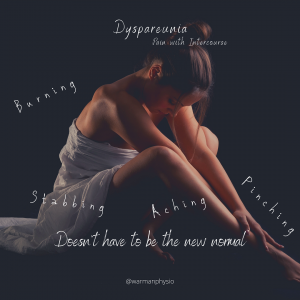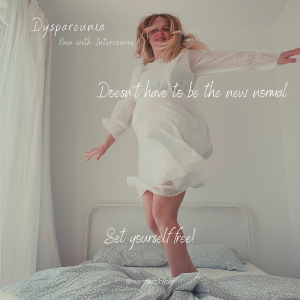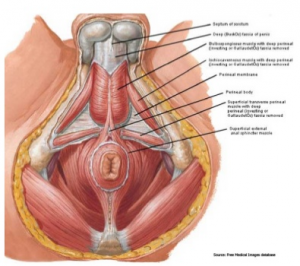The time has come! I am looking for someone to mentor that is interested in my specific areas of expertise. As a pelvic health and pediatric pelvic health physiotherapist, I see a huge demand in this area; for clinicians that are not only well versed in pelvic health and it’s intricacies, but also willing to treat the whole client. This includes the orthopedic components that impact the pelvis!
I am looking for a physiotherapist that has training in the area of pelvic health, or is willing to learn. Someone looking for a supportive team environment for developing their skills through mentorship and collaboration.
About us
Our clinic vision is to provide comprehensive and compassionate care to our clients in a non-judgmental environment that allows our clients to reach their health and wellness goals at any age.
Warman Physio has built a strong team of therapists with close working relationships with many allied healthcare providers and organizations. We are grateful to have been nominated for and won several local and provincial awards for business management and client care. We do this specifically to be involved in and helping the communities we are a part of.
At this time a focused mentorship will be available to any candidate including:
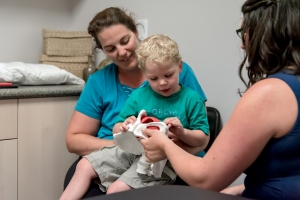
- Pelvic Health
- Pediatric Pelvic Health
- Manual Therapy
- TMJ assessment and treatment
- Integrated Systems Model (ISM) approach
- Dry needling
- Chronic Disease Management
- Case management
- Third party payers
Want to know more?
We believe that our clients need holistic care, management, and support; with this in mind, we treat our staff and providers with a holistic lens as well. This means that we strive to achieve a supportive and playful workplace where we can cultivate a culture of trust, enjoyment, and excellence.
Our vision, mission, and overall values encourages our providers to cultivate and create the client-base that will bring them work satisfaction, passion, and desire to continue learning. This makes for a unique experience for not only our clients, but our staff as well.
A Successful Candidate
We are looking for someone that is a good fit for our team on a variety of facets. Some key attributes will including striving to be a life-long learner, being self-motivated and possess an authentic enjoyment in helping people to help themselves. This position will have room for growth and development and great opportunity for leadership and management moving forward if desired.
Applicants with manual therapy levels, acupuncture or dry needling, vestibular therapy, pelvic health training, and other coursework would be an asset but is not required to apply, and will be considered in renumeration at onboarding.
Wondering about renumeration?
Competitive compensation with opportunity for advancement is available in one of two formats. There is significant support and guidance in building and maintaining a caseload, including file management, follow-up care, and ensuring client resolution. There can be the opportunity to set-up various monetary incentives and allowances for sick days, education, and family days in addition to RRSPs. Each of our clinics hosts private treatment rooms, and will have available clinical mentorship.
Minimum requirements:
- Registered member (in good standing) with SCPT
- Training/coursework within pelvic health (or plan to achieve the same)
Interested? Email Haylie at haylie@warmanphysio.com
Looking for a new clinic and not a pelvic health physiotherapist? We are always on the lookout for an orthopedic therapist that is the right fit for our team as well. Send us an email and we will see what opportunities are available for you!

 When young children are first learning to use the toilet, it can be easier to teach them to stand to pee. Maybe they already stand to pee in their diaper. Maybe they don’t have the patience to wait to sit to pee. Whatever the case may be, sitting to pee has many benefits through the potty training phases.
When young children are first learning to use the toilet, it can be easier to teach them to stand to pee. Maybe they already stand to pee in their diaper. Maybe they don’t have the patience to wait to sit to pee. Whatever the case may be, sitting to pee has many benefits through the potty training phases.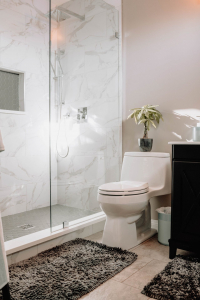
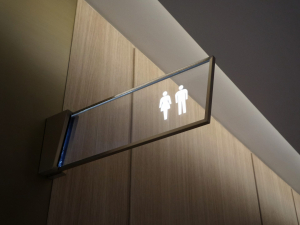
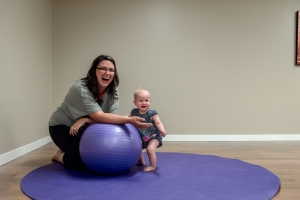 Haylie has been practicing pelvic health and focused in prenatal and post-partum care since graduating from the U of S MPT program in 2011. Officially adding to her practice pediatric pelvic floor therapy in 2017. She has been advocating for treatment for women, ensuring appropriate and effective care throughout pregnancy and post-partum, and helping all expecting and post-partum moms ultimately brought her to open her family-friendly clinic. She now primarily focuses on pediatric pelvic health, perinatal care, and persistent pain in her practice in Warman and Saskatoon locations.
Haylie has been practicing pelvic health and focused in prenatal and post-partum care since graduating from the U of S MPT program in 2011. Officially adding to her practice pediatric pelvic floor therapy in 2017. She has been advocating for treatment for women, ensuring appropriate and effective care throughout pregnancy and post-partum, and helping all expecting and post-partum moms ultimately brought her to open her family-friendly clinic. She now primarily focuses on pediatric pelvic health, perinatal care, and persistent pain in her practice in Warman and Saskatoon locations.